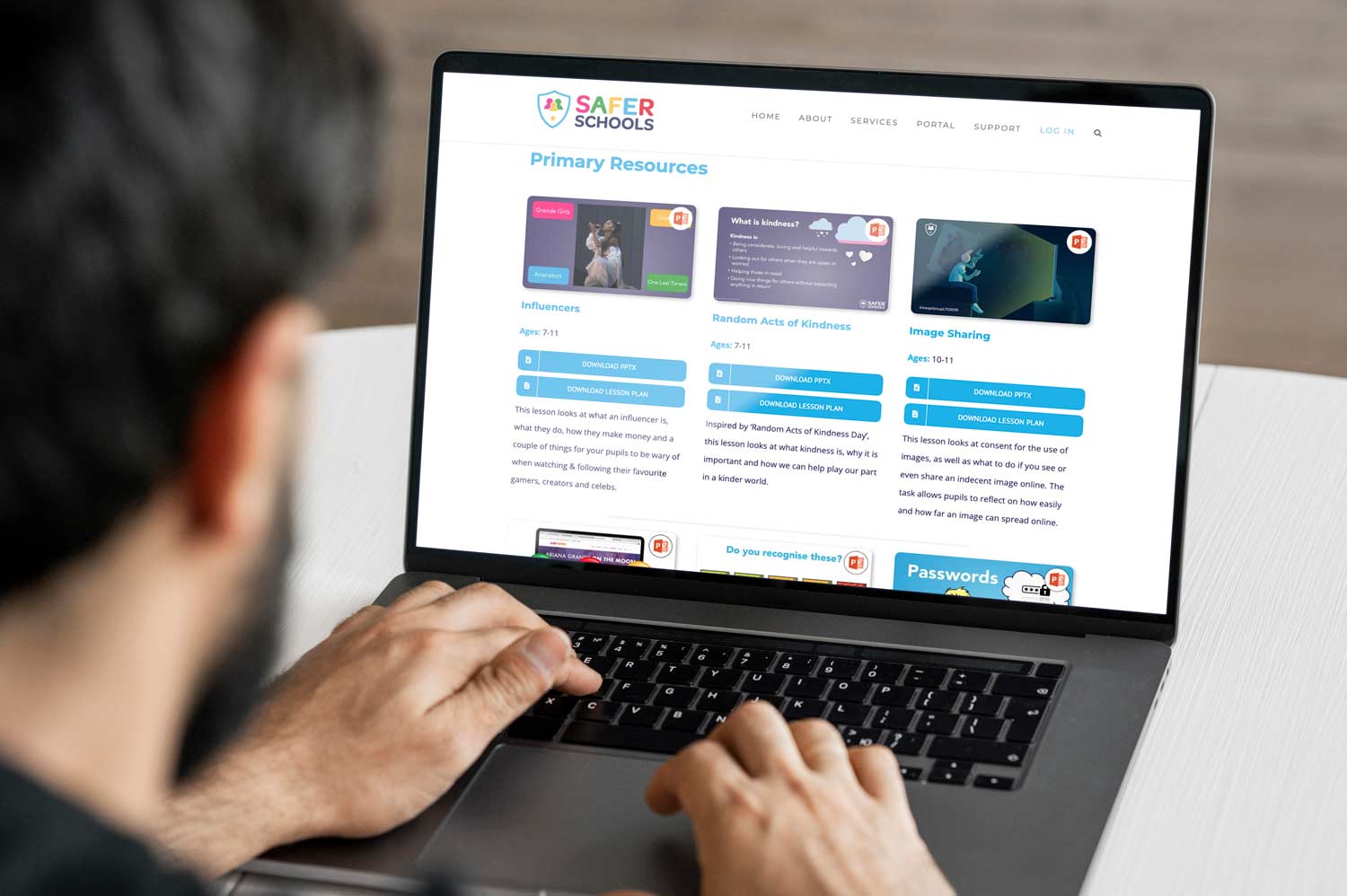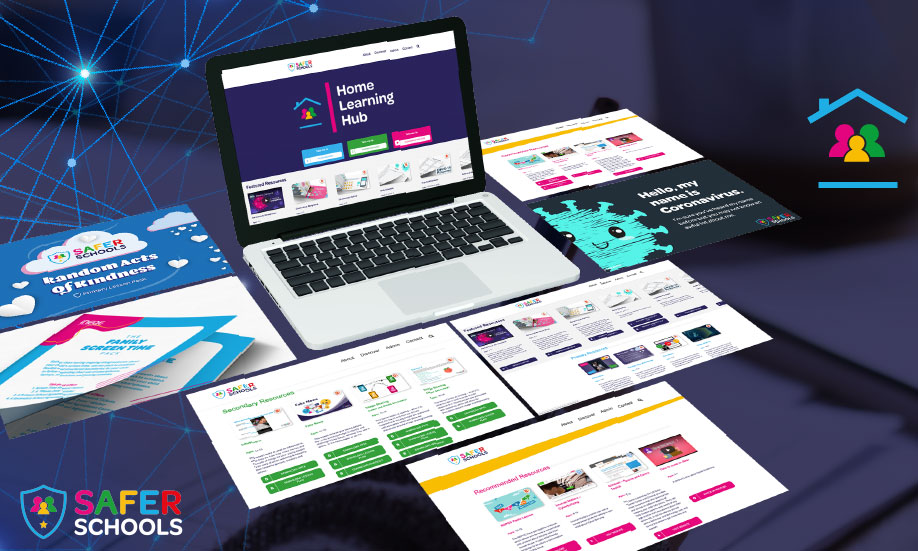Share this with your friends, family, and colleagues
In England, The Department for Education (DfE) have released an updated version of the Teaching Online Safety in Schools Guidance.
This is the latest update since the guidance was first published in June 2019.
Although non-statutory, the guidance provides schools with essential information and direction on how to teach pupils to stay safe and behave online, as part of existing curriculum requirements. We’ve put together some of the key updates and created a short summary of the changes.
Who is the Teaching Online Safety in Schools guidance for?
The guidance provided applies to:
- school leaders, school staff and governing bodies
- to all local-authority-maintained schools, academies, and free schools
What is the Teaching Online Safety in Schools Guidance?
The Teaching Online Safety in Schools guidance outlines how schools should teach children and young people about staying safe online and about appropriate behaviour online. It is non-statutory but complements curriculum requirements in subject areas such as relationships and sex education and citizenship.
The guidance covers topics including:
- teaching about harms and risks
- vulnerable pupils
- use of external visitors
- use of external resources
It also highlights the importance of a whole school approach towards online safeguarding and incorporating the principles of online safety across all elements of school life.
What’s New in the Teaching Online Safety in Schools Guidance 2023 update?
Alongside formatting changes and the inclusion of additional resources, the guidance now has more topic areas covered.
Why is the DfE Online Safety Guidance important?
Despite being non-statutory, the guidance provides schools with a framework for reference that outlines good practice on online safety education.
Online safety education works best when tackled with a whole community approach. This means that whether at home or at school, children and young people are being presented with age-appropriate, relevant information on how to stay safer online.
The Safer Schools Ecosystem is a multi-awarding winning suite of services designed to educate, empower and protect entire school communities. It’s provided at no additional cost to school and local authority customers insured by Zurich Municipal in partnership with INEQE Safeguarding Group. It provides school communities with age-appropriate online safety resources, training and advice. As well as the Safer Schools App, the Ecosystem also offers an additional range of tools, including reputation management, cyber security and safeguarding self-assessment tools.
Share this with your friends, family, and colleagues
Join our Online Safeguarding Hub Newsletter Network
Members of our network receive weekly updates on the trends, risks and threats to children and young people online.










